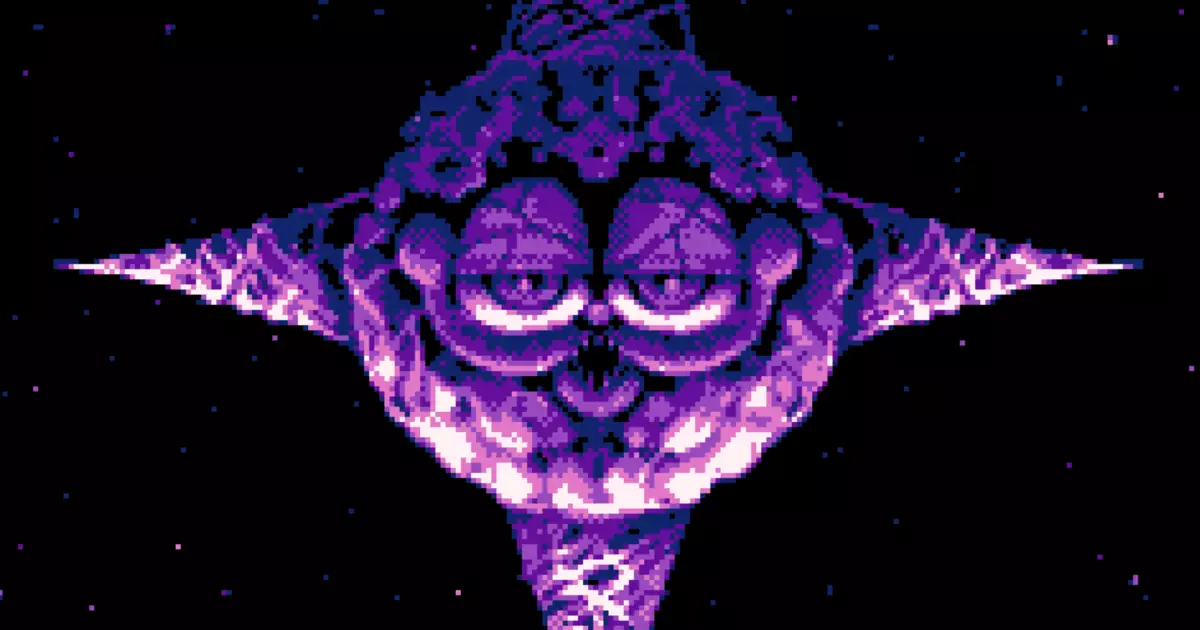For many, the mention of Garfield evokes fond memories of lazy Sundays spent reading comic strips featuring the notorious lasagna-loving feline. However, my last encounter with an authentic Garfield comic was back in 1998, leaving a long chasm filled primarily with Gar-memes and peculiar offshoots like Gorefield. This evolution from beloved comic character to a manifestation of cosmic horror speaks volumes about how cultural icons can morph in the digital age, adapting to internet memes and evolving narratives that both honor and spoof the originals.
Enter Gorefield: a twisted parody of Jim Davis’s classic creation. This version of Garfield has shed its light-hearted comic strip facade, becoming a figure of macabre fascination. With depictions like the creepy centipede Gorefields or the unnerving arachnid variants, this character now embodies an unsettling element of horror. The surreal imagery of a grotesque Garfield extending bony necks while demanding food from Jon Arbuckle resembles the stuff of nightmares rather than Saturday morning cartoons. It’s a striking juxtaposition that highlights how humor can devolve into dread, and how online creatives have harnessed this transformation for entertainment.
A notable example of this trend can be found in the fan-made game, Gar-Type, designed by pixel artist LumpyTouch. Here, the concept of Gorefield has escalated to cosmic proportions, literally turning Garfield into a planet threatening Earth’s existence—a stark contrast to the housecat that once prowled our comic pages. Players step into the shoes of Jon Starbuckle, flying a prototype starfighter on a mission to save the world from “lasagnnihilation.” The gameplay is deceptively simple yet engaging, providing a blend of nostalgic elements and a fresh narrative that showcases the creativity within fan circles.
Despite the straightforward gameplay, Gar-Type’s production quality is impressive. With contributions ranging from artwork to audio, the game crafts an atmosphere reminiscent of Lovecraftian horror, laced with chiptune melodies that evoke sensations beyond mere auditory pleasure. The dedication of the developers shines through, demonstrating that even a game rooted in parody can possess high artistic value.
As we navigate a cultural landscape rife with memes, the transformation of Garfield into a horror figure illustrates a broader trend where light-hearted characters are recast into darker themes. This shift ignites discussions about the relationship between nostalgia and modern interpretation, urging us to reconsider how memorable figures can evolve over time.
In a twist that blends humor with horror, Gorefield holds our gaze while simultaneously critiquing the depths of creativity available in the digital age. As for fans seeking further Gar-horror excitement, delving into alternative interpretations like “Garfield Kart Furious Racing” may provide a glimpse into the absurdity and charm that continue to follow this iconic character. Thus, Gorefield serves as a testament to the power of adaptation, reminding us that even the most innocent of characters can find new life amid the whims of a new generation.

